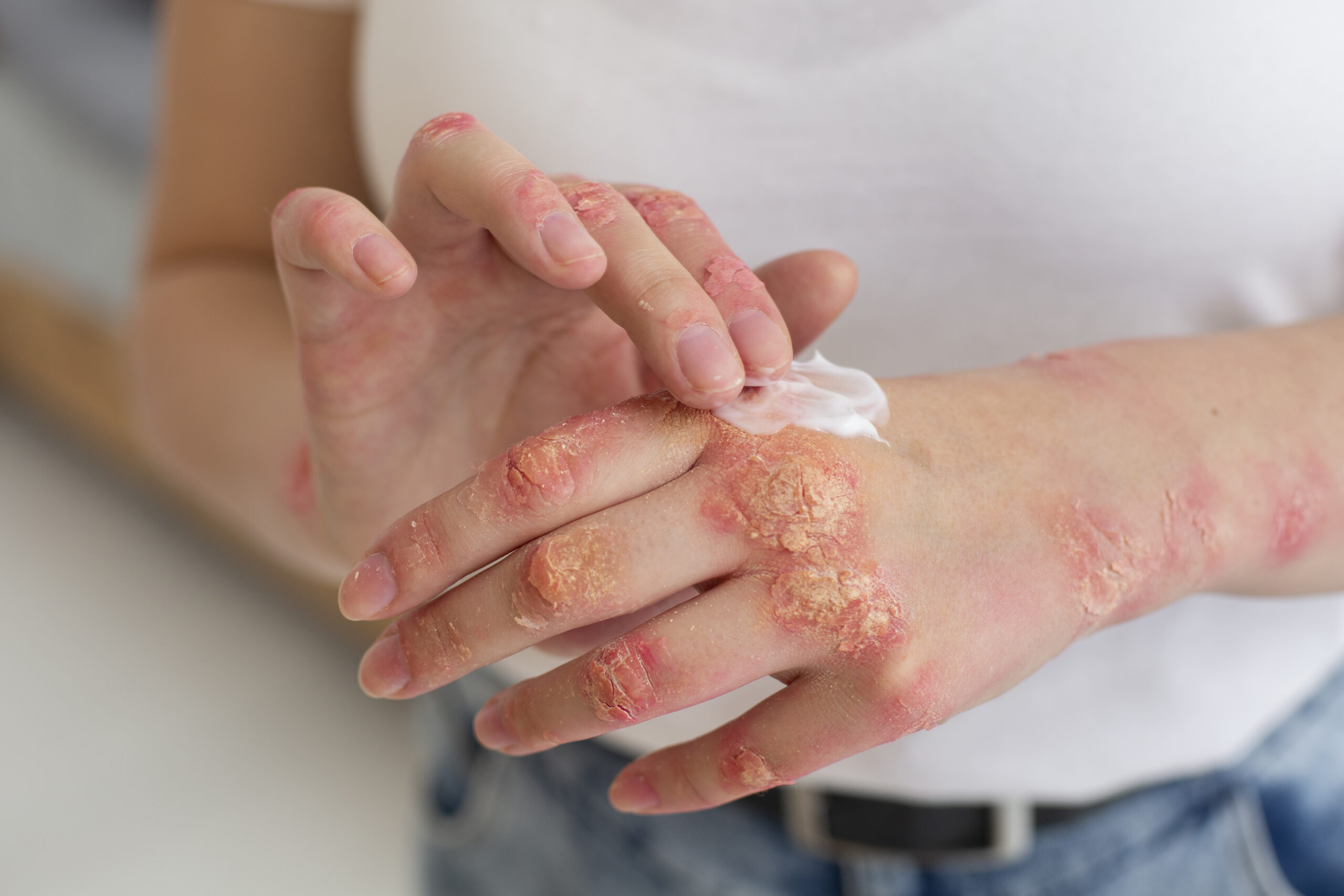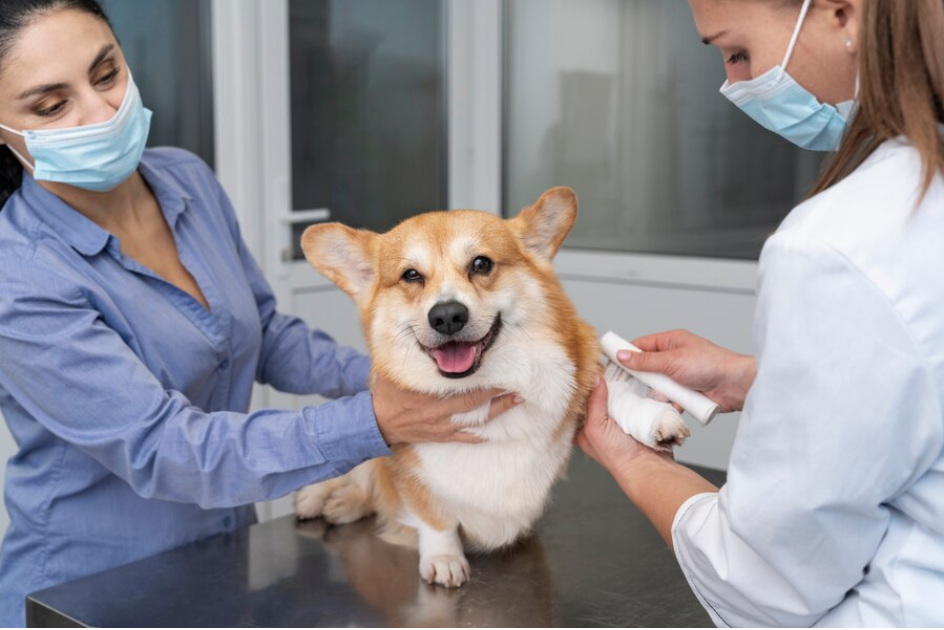Atopic dermatitis ICD 10
Introduction:
Atopic dermatitis ICD 10: Welcome to pureheathcare.net, this article provides complete information about atopic dermatitis ICD-10 and the diagnosis and treatment of atopic dermatitis. Atopic dermatitis (AD) is a constant skin condition that is normally set off by an overactive resistant framework that answers forcefully when Dermatology clinical charging and coding can be presented to aggravations. The condition is trying because of the more normal among kids, yet can visit changes in coding rules and happen at whatever stage in life. Normal side effects guidelines. Practices can incorporate red or tarnish dim patches,

RELATED: https://www.sky-world.net/2023/07/stasis-dermatitis-irritating-redness.html
Atopic dermatitis ICD 10
Atopic dermatitis (AD) is a constant skin condition that is normally set off by an overactive resistant framework that answers forcefully when Dermatology clinical charging and coding can be presented to aggravations. The condition is trying because of the more normal among kids, yet can visit changes in coding rules and happen at whatever stage in life. Normal side effects guidelines. Practices can incorporate red or tarnished dim patches, getting support from experienced clinical extraordinary tingling, little, thickened, flaky coding organizations to document skin, hard fixes of dried yellowish clinical cases on time, and getting suitable 00ze, breaks behind the ears,
Dermatology clinical coding includes utilizing the particular ICD-10 conclusion codes for detailing atopic dermatitis (skin inflammation) in your clinical cases. ICD-10-CM codes used to show a determination of AD incorporate –
L20 Atopic Dermatitis
L21 Seborrheic Dermatitis
L22 Diaper Dermatitis
L23 Hypersensitive Contact Dermatitis
L24 aggravation Contact Dermatitis
L25 Unknown Contact Dermatitis
L26 Exfoliative Dermatitis
L27 Dermatitis because of Substances Taken Inside
L28 Lichen Simplex Chronicus and Prurigo
L29 Pruritus
L30 Other and Unknown Dermatitis
RELATED: https://www.sky-world.net/2023/10/hypercholesterolemia-icd-10-coding.html
Atopic dermatitis(Eczema): Overview
Atopic dermatitis is a typical skin condition, which is described by dry, irritated, edematous skin. It is more normal in infants and small kids and frequently happens in newborn children’s countenances. It additionally frequently shows up inside the elbows and behind the knees of youngsters, teens, and grown-ups.
Why does this atopic dermatitis happen?
One is basically because of invulnerable dysregulation which is a type two touchiness response. The other one is a lack of a protein called filaggrin in the skin. Presently,
How does this protein respond? The filaggrin makes a pleasant boundary impact on the skin. So when there is an obstruction, any residue up allergen won’t distort this provocative condition. At the point when this filaggrin is lacking, going to cause a disturbance in the boundary in the skin.
RELATED: https://purehealthcare.net/stasis-dermatitis/
What Causes (AD)?
The ongoing reasoning is that atopic dermatitis is brought about by a blend of elements that incorporate hereditary qualities, unusual capability of the safe framework, climate, exercises that might make the skin more delicate, deserts in the skin boundary that permit dampness out, and microbes in. Instances of different things that can aggravate the skin incorporate cleansers and chemicals, scents, cosmetics, residue, and sand, chlorine, solvents aggravations in the climate of tobacco smoke. So at whatever point we are presented with residue, vermin, or allergens, these aggravations of the skin conditions and irritation of the skin condition can occur. individuals with atopic dermatitis ordinarily are related to hypersensitivity rhinitis as well as asthma.

Understanding the Signs and Symptoms (AD):
The side effects of atopic dermatitis can change, contingent on the age of the individual with the condition. Rashes usually show up in wrinkles on the elbows or knees or the scruff of the neck. Rashes cover a significant part of the body. Rashes can be particularly unmistakable on the neck, face, and around the eyes. Rashes can cause extremely dry skin. Rashes can be for all time bothersome. Rashes in grown-ups can be more flaky than those happening in youngsters. Rashes can prompt skin contamination. The presence of skin impacted by atopic dermatitis will depend on how much an individual scratches and whether the skin is contaminated. Scratching and scouring further bother the skin, expanding aggravation and exacerbating irritation.
The signs and side effects of this incendiary skin condition change generally starting with one individual and then onto the next. In the essential side effects of AD are incorporated –
- A rash on the scalp or cheeks
- Thickened, broken, and stained skin
- Textured patches of skin at the site of the rash
- Red to caramel dim patches
- Crude, delicate, enlarged skin from scratching
- Rashes on the neck and face, particularly around the eyes
- Eased up or obscured skin spots
- Shivering, (which may be serious, especially around nighttime)
- Breaks behind the ears
- A rash that might bubble and sob clear liquid
Grown-ups, who endured Promotion as youngsters might have stained skin that gets effectively aggravated.
RELATED: https://www.sky-world.net/2023/10/hypercholesterolemia-icd-10-coding.html
How to Atopic Dermatitis (AD):
Diagnosis:
Analysis No lab test is expected to distinguish atopic dermatitis (skin inflammation). Your PCP will probably find a finding by examining your skin and your clinical history.
The person in question may utilize fix testing or different tests to preclude other skin illnesses or recognize conditions with your atopic dermatitis. If you suspect a specific food caused your kid’s rash, tell the specialist and get some information about recognizing potential food sensitivities.

Treatment:
Creams that control tingling and assist with fixing the skin. Your primary care physician might recommend a corticosteroid cream balm, or medications to battle contamination. Your PCP might recommend an anti-infection cream. If your skin has a bacterial disease and an open sore or breaks. The person in question might suggest taking oral anti-infection agents for a brief time frame to treat contamination. Oral medications that control irritation. For additional serious cases, your PCP might endorse oral corticosteroids. A more up-to-date choice for serious dermatitis. The Food and Medication Organisation, or FDA, has as of late supported a new injectable biologic, or monoclonal immune response, called Dupilumab.
Conclusion:
In summary Atopic dermatitis ICD 10: Atopic dermatitis (dermatitis) is a persistent, non-infectious skin illness coming about because of irritation that is normally set off by an overactive resistant framework that answers forcefully when atopic dermatitis ICD-10 Dermatology clinical charging and coding can be presented to aggravations. The nature of rest is frequently hard for individuals with Atopic dermatitis. Saturate the skin. Control the itch. Recognize what is causing the itch. What’s more, treat your side effects. Follow the skin inflammation executive’s tips suggested by your PCP and figure out what turns out best for you.
If you experiencing any of the signs or side effects of atopic dermatitis, seeing a specialist or dermatologist for determination and treatment is significant.
RELATED: https://www.sky-world.net/2023/07/stasis-dermatitis-irritating-redness.html
RELATED: https://www.sky-world.net/2023/10/hypercholesterolemia-icd-10-coding.html









